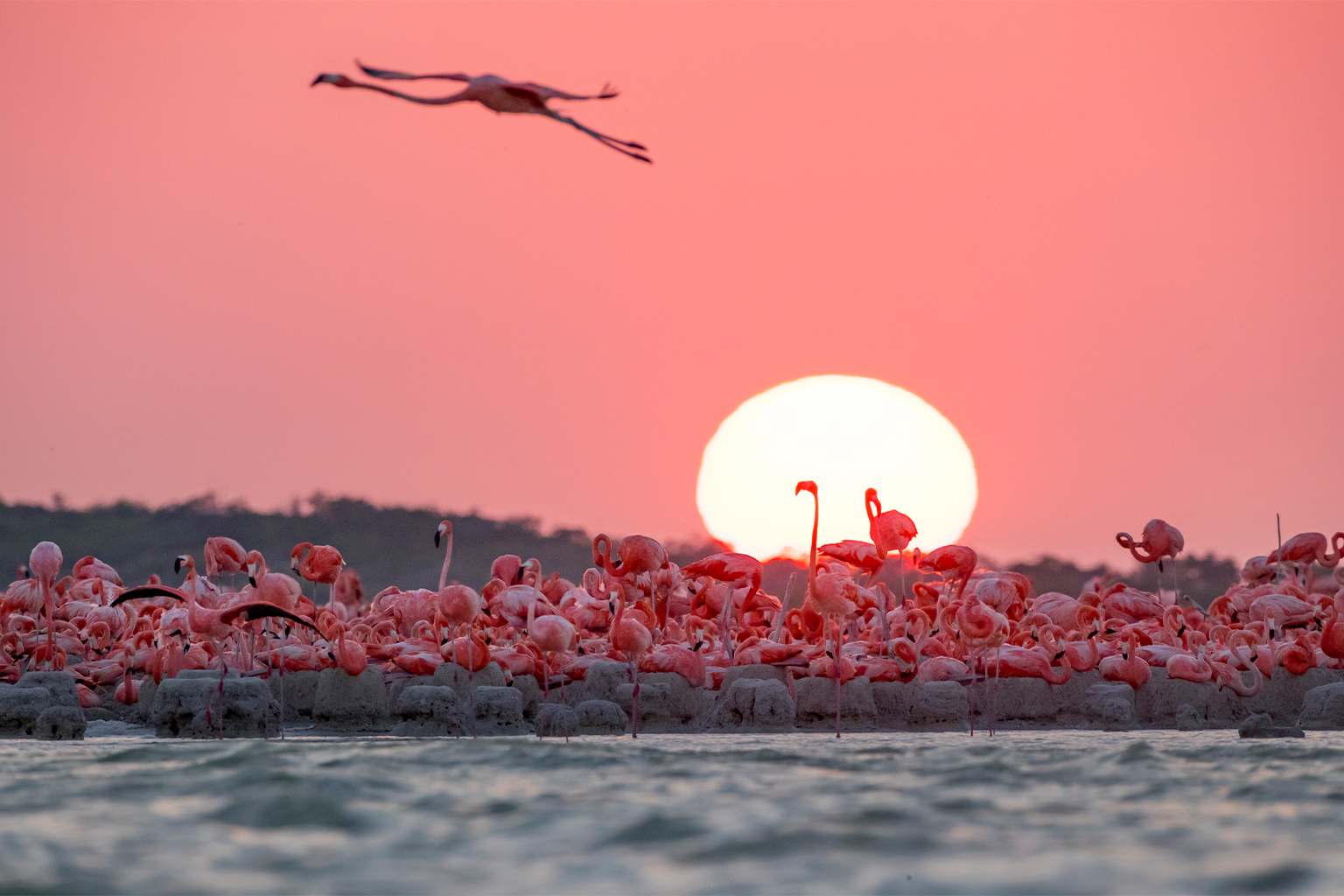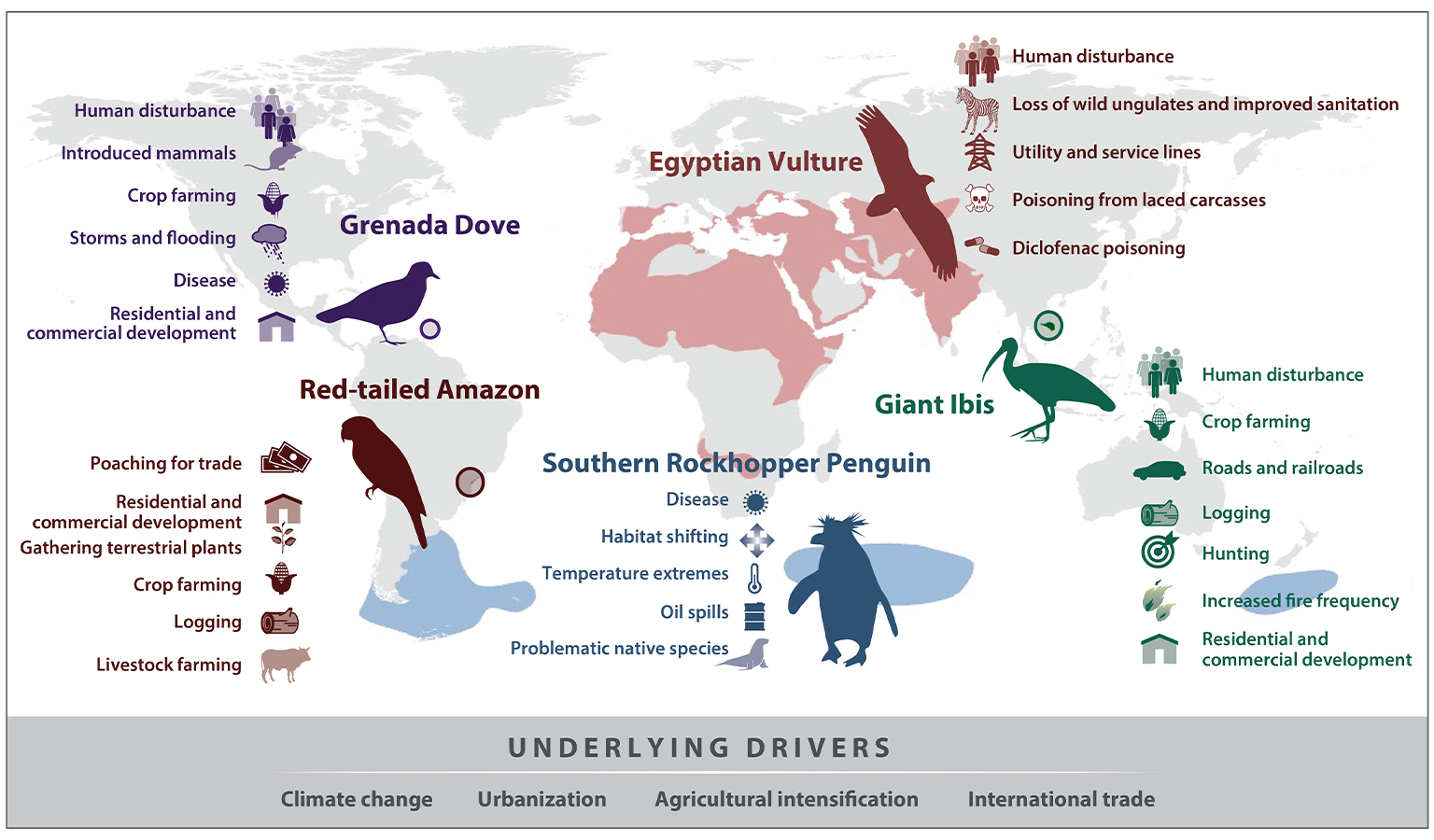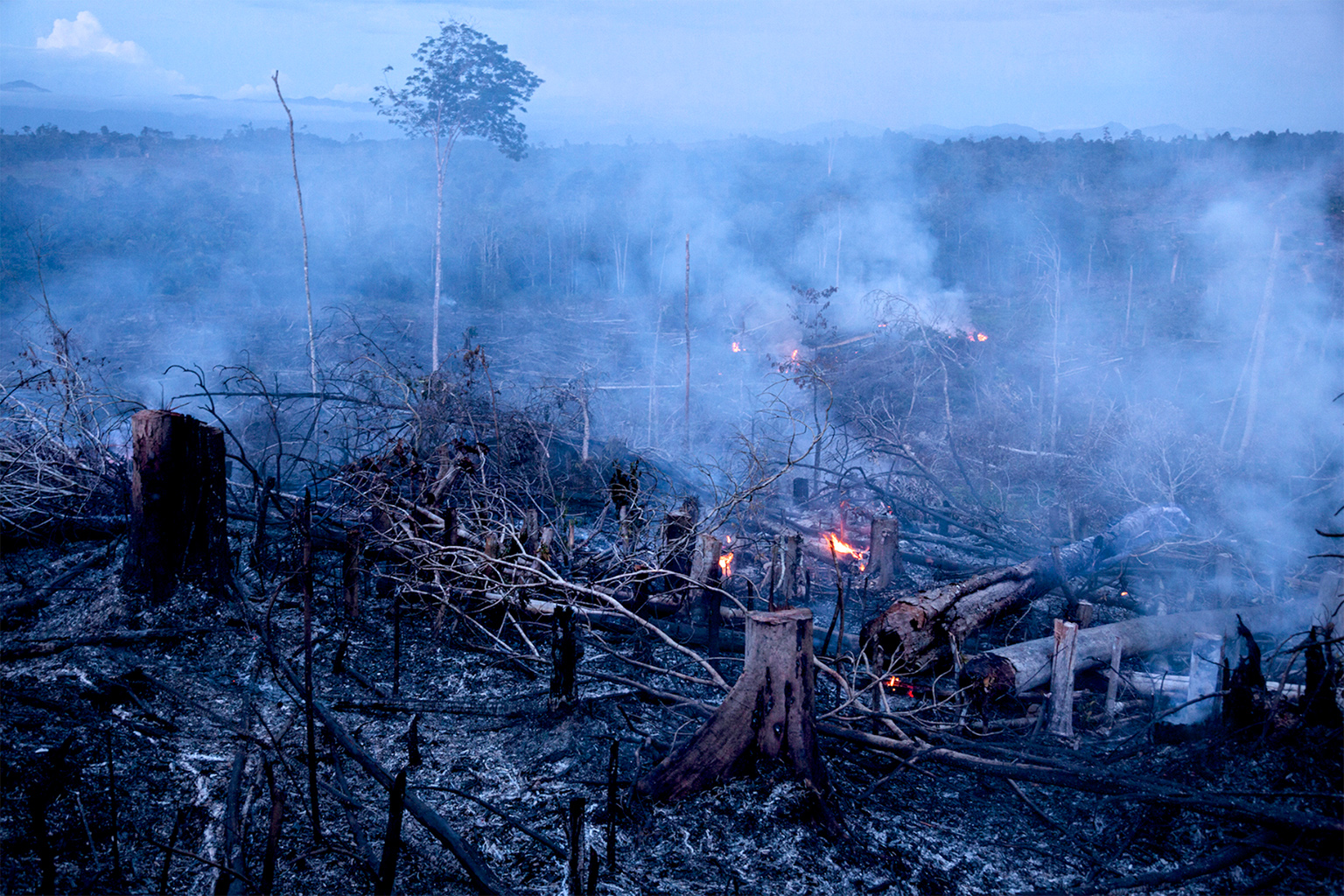Carsons legacy: Bird species recoveries since DDT
Birds are beloved by many, and Silent Spring became a bestseller despite brutal industry attacks. Critics called Carsons claims more poisonous than the chemicals she condemns and labeled her an alarmist, mystic and hysterical woman. As the 20th centurys most influential environmental book, it catalyzed the modern environmental movement, and sparked creation of the U.S. Environmental Protection Agency (EPA) and passage of the Clean Air and Clean Water Acts.
Sixty years have passed since Silent Spring hit the shelves; 50 since the EPA outlawed DDT; and 20 years since most nations banned it and other persistent organic pollutants under the Stockholm Convention. The result: Many of the birds most threatened by DDT made miraculous comebacks.
Peregrine falcons now nest on every bridge spanning New Yorks Hudson River. More than 300,000 bald eagles fill U.S. skies. They, along with brown pelicans and ospreys have been removed from the U.S. endangered species list. More than 300 California condors fly wild, and as of this month, they soar over northern redwood forests for the first time in a century.
Bird groups as a whole as well as individual species have returned thanks to a variety of environmental protections and regulations. But these are the outliers in an overall downward trend that started centuries before Carson’s book or the development of artificial chemical biocides.
Since birds inhabit every ecosystem, theyre affected by every environmental disturbance: lost habitat, climate change, pesticides, pollution of air, water and land, invasive species, and disease. A 2022 update to BirdLife Internationals State of the Worlds Birds reports what co-author Tris Allinson called a steady ongoing, inexorable decline.
However, according to Brian Rutledge, a former vice president of the National Audubon Society, “conservation works”that is, declines can be stopped with the right research and funding.
- An upland sandpiper that is particularly endangered in North America due to habitat loss in grasslands courtesy of Alexander Lees.
- At Lott Farm, Seneca, New York, U.S.A., a bobolink, a declining species of grassland bird in North America, is observed. S. courtesy of Alexander Lees.
- Rüppells griffon, Mara region, Tanzania. Because of habitat loss, poisoning, human use of meat or medicine, loss of nesting sites, and decreasing food sources, the species is in grave danger of extinction. It is like many other birds in that it is vulnerable to more than one stressor. courtesy of Alexander Lees.
- Padfield Water Works, Derbyshire, England; a declining European grassland bird, the northern lapwing courtesy of Alexander Lees.
- The spoon-billed sandpiper, which is considered critically endangered, migrates between its coastal breeding grounds in Eastern Russia and Japan and spends the winters in India and Southeast Asia. Its migration and specialization put it at risk due to its limited coastal habitat and requirement for specialized nesting habitat. courtesy of Alexander Lees.
And people love birds: In the U.S. alone, the bird-watching industry is valued at $41 billion per year.
Birds are also important indicators of the state of the planet and theyre in trouble. Since Carsons time, numbers have dropped by many billions, says Allinson, a senior global science officer at BirdLife International. Nearly half of all species (5,245) are declining. Anyone alive in 1970 in the U.S. or Canada has seen one in four birds disappear during their lifetime, 2.9 billion in all: from robins and sparrows, to blackbirds, finches and other familiar backyard denizens.
Birds are getting hit from all sides: In the Anthropocene, humans are altering the natural world to an unparalleled degree, disrupting and devastating ecosystems and driving extinctions. Its impossible to gauge how many species have vanished globally since the passing of the dodo in 1681 the first recognized bird extinction.
The best guess comes from the Red List of Threatened Species. This database, maintained by the International Union for Conservation of Nature, tracks wildlife population trends. The list has recorded 159 bird extinctions dating back to 1500 C.E., when the European Age of Discovery began impacting the world. An additional five species only exist in captivity; 22 more are possibly extinct. Most of those are flightless or island species.

According to Allinson, the trajectory represents a “very significant global concern” for roughly one-fifth of all birds. When we reevaluate [for the ‘State of the World’s Birds’ report] every year, we discover a few additional species that are declining. Its unfortunately often a one-way process. .
But thats not the whole story. With focused conservation, weve reversed the declines in some rare species, notes Lees. The 2022 status report, of which he is the lead author, tallied 676 rebounds (6% of all species); another 4,300 (39%) are holding steady.
Many waterbirds, for example, are increasing in North America and Europe. Common cranes and Eurasian spoonbills, once eaten at medieval banquets and gone from Great Britain for centuries, are now breeding on the edges of major cities. Flamingos still mass in such numbers that the landscape turns pink. Massive flocks of starlings though considered invasive pests in the U.S. still whirl and shapeshift in a synchronized dance through the sky in almost mystical murmurations.

The threats birds face
According to Lucy Haskell, a science officer at BirdLife International, the growing avian crisis is caused by overpopulation, overexploitation, and overconsumption, just like the larger extinction crisis. Even the “winners”birds that have survived and recovered from the edgecontinue to face numerous, complex threats.
But deforestation is by far the greatest exterminator. According to Lees, degradation, fragmentation, and habitat loss are “the three horsemen of the apocalypse.” Birds are often left with tiny, unsuitable scraps of habitat, leaving them with less room to breed, nest, roost, and find food.
Nearly two-thirds of all birds inhabit forests, and many cant live anywhere else, says Haskell. Thats particularly true in the tropics, which lost primary rainforests last year at a rate of 10 soccer fields a minute. Annual deforestation in the Brazilian Amazon has hit a 10-year high. Globally, more than 252,000 square kilometers (97,500 square miles) of tree cover vanished from August 2020 to July 2021, an area the size of the U.S. state of Wyoming.
- Barn swallow, Pará, Brazil. The most common species of swallow worldwide, the barn swallow is also declining in some areas, including Canada, perhaps as a result of shifting insect populations. courtesy of Alexander Lees.
- Originating in South America and the Caribbean, the spotted tody-flycatcher is a sociable insect hunter that can be found in forests or overgrown pastures. It can hunt in pairs or alone. courtesy of Alexander Lees.
- The band-tailed manakin is a common forest animal that lives in grassland and Amazonian forests. It hunts by diving down to catch insects or fruits; it has been observed to follow army ants and eat them. courtesy of Alexander Lees.
- The closest relative of the golden parakeet is the yellow macaw, known by its Indigenous name, Ararajuba. Originating in the Brazilian Amazon, it is gathered for the pet trade, and the tall, solitary trees that the golden parakeet requires for nesting are being leveled by the conversion of forest to cattle pasture and cropland. courtesy of Alexander Lees.
- Despite being trafficked as part of the illicit pet trade from Latin America to Southeast Asia, jandaya parakeets Because of their adaptability, the birds are comparatively abundant and growing, inhabiting farmland, pasture, plantations, and the edges of forests. courtesy of Alexander Lees.
- Hummingbirds are known as the “sparkling jewels of the Americas,” and this varicolored emerald is just one example. They are limited to the Western Hemisphere and necessitate constant feeding due to their high metabolism. Those that lose habitat are declining. courtesy of Alexander Lees.
- The metallic-blue, fruit-eating, fruit-gathering turquoise tanager is divided into five subspecies that are comparatively common in South America. courtesy of Alexander Lees.
Over the past 300 years, the amount of land used for agriculture has increased sixfold, impacting over 1,000 globally threatened bird species, according to Haskell. The largest devastation occurs in the tropics due to industrially produced commodities like paper, sugar, palm oil, soy, beef, and timber.
According to Lees, “the fundamental question is how we can feed X billion people without destroying the planet.” .


We need to take action to prevent the impending chemical catastrophes caused by the use of new, long-lasting chemicals as we address the hazardous legacy of long-banned pesticides. Neonicotinoid pesticides can linger in soils for years, causing plants to continuously re-absorb them. Pollinators then feed on these plants and are exposed to the pesticides at a lethal or sublethal level. The new generation of “forever chemicals,” known as PFAS chemicals, are widely used in American agriculture. Cleanup and species recovery are lengthy processes that require proactive measures from society to avoid.
The largest known producer of DDT, the California-based Montrose Chemical Corporation, released more than 1,700 tons of the chemical into the Los Angeles sewer system between 1947 and 1971, and some of it ended up in the Pacific Ocean. Several other businesses also released PCBs during this period, which resulted in additional chemical contamination of the sediment and land. Scientists have found 25,000 barrels that may have contained DDT as recently as April 2021, close to Catalina Island on the coast of southern California.
For bird populations, dioxin and other halogenated organic compounds pose serious risks. Similar to the severe pollinator decline currently being experienced with the continued use of neonicotinoid insecticides, the 1960s saw a sharp decline in the number of prey birds across the United States. DDT biomagnifies its way up the food chain; it does not degrade and, as animals further up the chain eat contaminated prey, the chemical’s concentration builds up and becomes more toxic to the top predators. The risk of egg shell thinning is higher in birds that eat a lot of fish and other marine organisms contaminated with DDT. During the mid-20th century, a large number of prey-seeking birds were unable to reproduce due to thin eggs cracking and becoming nonviable in the nest.
In conclusion, 415 distinct halogenated organic compounds were found by researchers in the tested samples. Scientists were unaware of nine classes of compounds that were discovered, which were probably connected to the previous chemical dumping. Marine mammals near the coast of southern California had levels of halogenated compounds three times higher than those found in Baja California, and coastal condors had levels four times higher than inland condors. The blood concentrations of DDT in coastal California condors were seven times higher in comparison to their inland counterparts.
Since 2006, thinning eggshells have been observed in coastal California condors, according to earlier reports. It has been observed that these coastal populations consume the carcasses of different marine animals, such as highly contaminated seals and sea lions. %20Condors along Big Sur are seeing hatching success rates as low as 40% in 202040, but those farther inland near Tejon are seeing rates as high as 80% in 2070. The relatively lower levels of contamination discovered in Baja California suggest that area could be a potential location for coastal reintroduction, which may be the bright spot of the current research.
FAQ
What is the effect of DDT in birds?
What effect did DDT have on birds of prey?
Does DDT hurt birds?
What effects does DDT have on wildlife?